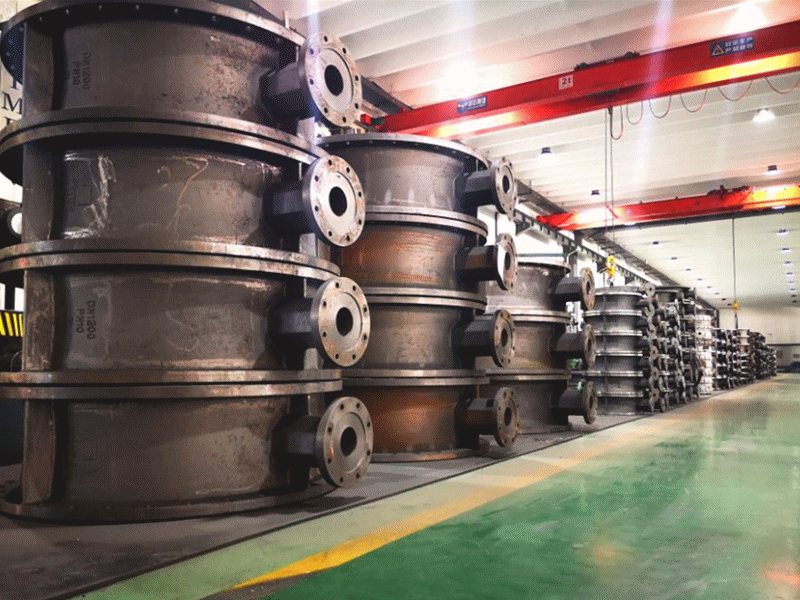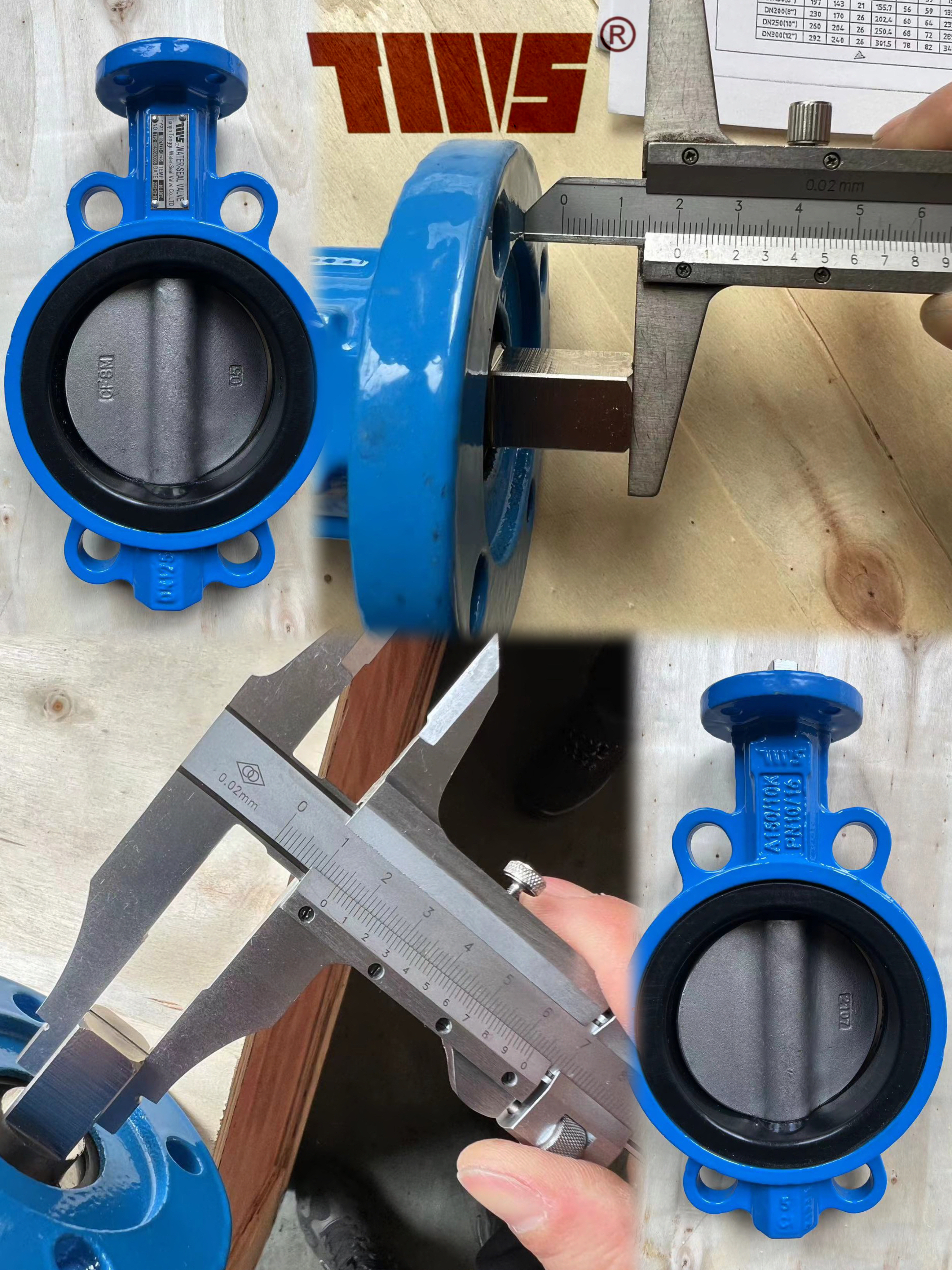Valve assembly is an important stage in the production process. Valve assembly is the process of combining the various parts and components of the valve according to the defined technical premise to make it a product. Assembly work has a great impact on product quality, even if the design is accurate and the parts are qualified, if the assembly is improper, the valve can not meet the specified requirements, and even produce sealing leakage. Therefore, a lot of preparation work needs to be done in the assembly process.
1. Preparatory work before the assembly
Before the assembly of the valve parts, remove the burrs and welding residue formed by the machining, clean and cut the filler and gaskets.
2. Cleaning of the valve parts
As the valve of fluid pipe, the internal cavity must be clean. In particular, nuclear power, medicine, food industry valves, in order to ensure the purity of the medium and avoid the transmission of the medium, the cleanliness requirements of the valve cavity is more stringent. Clean the response valve parts before assembly, and remove the chips, residual smooth oil, coolant and burr, welding slag and other dirt on the parts. The cleaning of the valve is usually sprayed with alkaline water or hot water (which can also be washed with kerosene) or cleaned in an ultrasonic cleaner. After grinding and polishing, the parts should be cleaned finally. The final cleaning is usually to brush the sealing surface with gasoline, and then blow it dry with tight air and wipe it with a cloth.
3, filler and gasket preparation
Graphite packing is widely used because of its advantages of corrosion resistance, good sealing and small friction coefficient. Fillers and gaskets are used to prevent media leakage through the valve stem and cap and flange joints. These accessories should be cut and prepared before the valve assembly.

4. Assembly of the valve
Valves are usually assembled with the valve body as the reference parts according to the order and method specified in the process. Before assembly, the parts and parts should be reviewed to avoid the unburred and uncleaned parts entering the final assembly. In the assembly process, the parts should be put gently to avoid bumping and scratching the processing personnel. The active parts of the valve (such as valve stems, bearings, etc.) should be coated with industrial butter. The valve cover and the flo in the valve body are bolted. When tightening the bolts, the response, interweave, repeatedly and evenly tightened, otherwise the joint surface of the valve body and the valve cover will produce the flow control valve leakage due to the uneven force around. The lifting hand should not be too long to prevent the pretightening force is too large and affect the bolt strength. For valves with severe requests for pretension, torque shall be applied and bolts shall be tightened according to the prescribed torque requirements. After the final assembly, the holding mechanism should be rotated to check whether the activity of the valve opening and closing parts is mobile and whether there is a blocking scene. Whether the device direction of the valve cover, bracket and other parts of the pressure reduction valve meets the requirements of the drawings, the valve after the review.
Besides, Tianjin Tanggu Water Seal Valve Co., Ltd. is a technologically advanced rubber seat valve supporting enterprises, the products are elastic seat wafer butterfly valve, lug butterfly valve, double flange concentric butterfly valve, double flange eccentric butterfly valve, balance valve, wafer dual plate check valve, Y-Strainer and so on. At Tianjin Tanggu Water Seal Valve Co., Ltd., we pride ourselves on providing first-class products that meet the highest industry standards. With our wide range of valves and fittings, you can trust us to provide the perfect solution for your water system. Contact us today to learn more about our products and how we can help you.
Post time: May-31-2024





